Unlocking Container Sequencing: Embracing Kubernetes’ Native Sidecar

Managing Pod-Based Smooth Workflow Orchestration and Functionality Extension Kubernetes is a standard for container orchestration in the industry. Traditionally, We use a multi-container design pattern to extend the main container’s functionality but can’t control the order of container execution. Let’s understand with a scenario, If the proxy container for logging will start after the main […]
Exploration of Kubernetes Metadata: Labels, Selectors, and Annotations
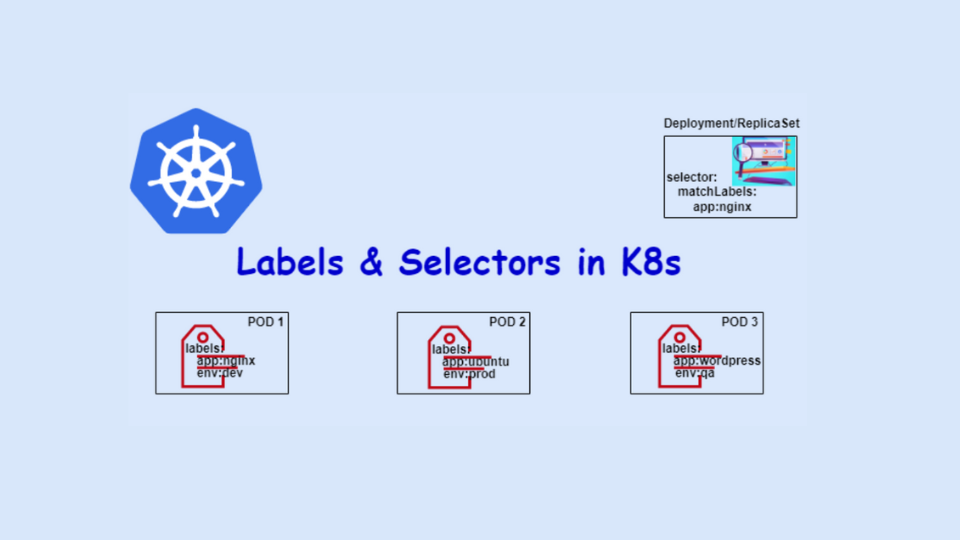
A Deep Dive into Kubernetes Resource Classification and Configuration Overview Kubernetes, a container orchestrator, is designed to handle applications at scale. While working with multiple objects we may need to group them. Metadata like, labels, selectors and annotations play an important role while configuring and working with kubernetes objects. Labels and selectors are used to select […]
How does Kubernetes assign QoS class to pods through OOM score?

To know about the concept of Linux’s OOMKilled and how it helps Kubernetes to define a Quality of Service (QoS) class for its pods. Most Kubernetes users would have encountered OOMKilled at least once. When OOMKilled occurs, we tend to recalibrate the pod’s QoS or move the pod to a different node thinking there is a memory issue with […]
Kubernetes Tip: How To Gracefully Handle Pod Shutdown?
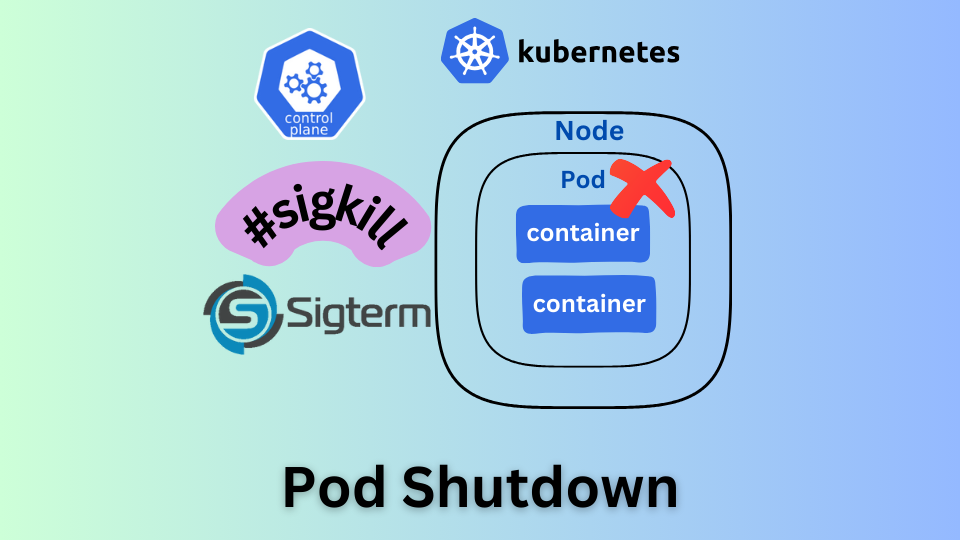
To know about graceful termination of pods and difference between SIG-TERM and SIG-KILL for container deletion. Shutting down an application Pod is as important as starting it up. We need to release all of the resources used by the application and process in-progress requests etc. Proper shutting of applications helps in reducing chances of request failure.There […]
Kubectl Tips & Tricks
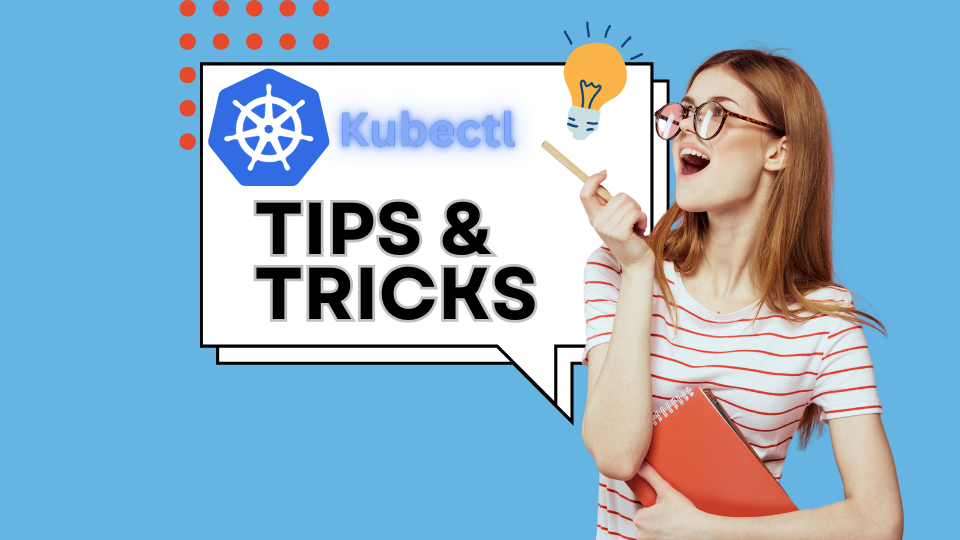
To get familiar with kubectl and improve productivity with its useful commands For anyone who learns and works with Kubernetes, its CLI kubectl becomes one of the essential tools to know as to interact with the cluster. Kubectl is a command-line tool that is used to communicate with the Kubernetes control plane via a Kubernetes API. As Kubernetes API is […]
Update Multiple Lines in a YAML file with Kubectl

Update multiple lines in a YAML file with kubectl Whenever I need to update a YAML file, the first thing that comes to mind is to either use sed or awk or perl etc., But there’s an in-house kubectl patch option that simplifies the experience. Lab With Kubectl Patch As we triggered the lab through the LAB SETUP button, a terminal, and an IDE comes for […]
AutoScaling in Kubernetes

To know about autoscaling and its types in Kubernetes Allocating resources to pods running inside the Kubernetes cluster is challenging as it gives rise to the questions such as how much CPU and RAM to allocate to pods for high performance and how to create enough replicas of these pods to handle the incoming load. For […]
Introduction To KEDA
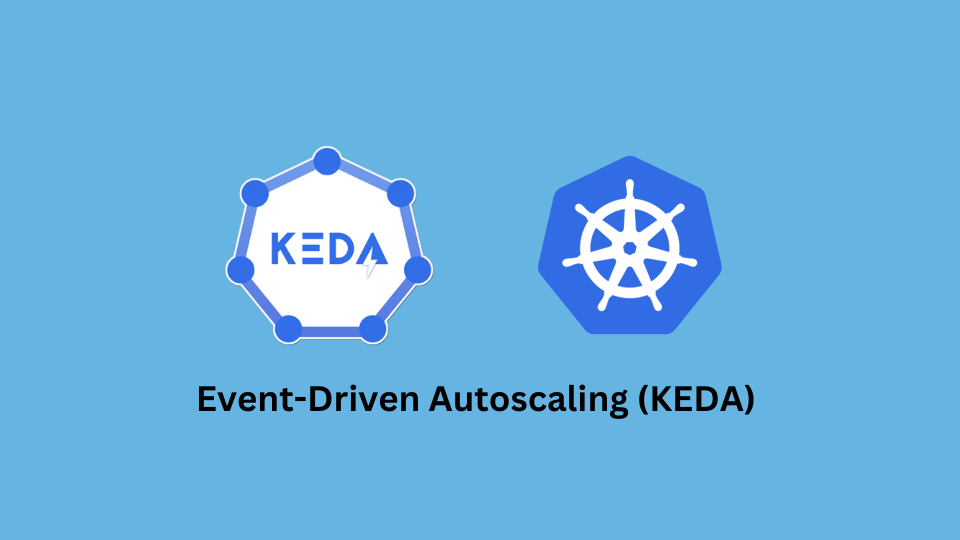
To learn about Kubernetes Event-Driven Autoscaling (KEDA) Autoscaling is one of the important features of Kubernetes and Horizontal Pod Autoscaler (HPA) comes to mind when pods need to be scaled on the basis of CPU and memory consumption. You can find out more about autoscaling and HPA through our Autoscaling in Kubernetes hands-on lab. HPA is a […]
Hugo On Kubernetes
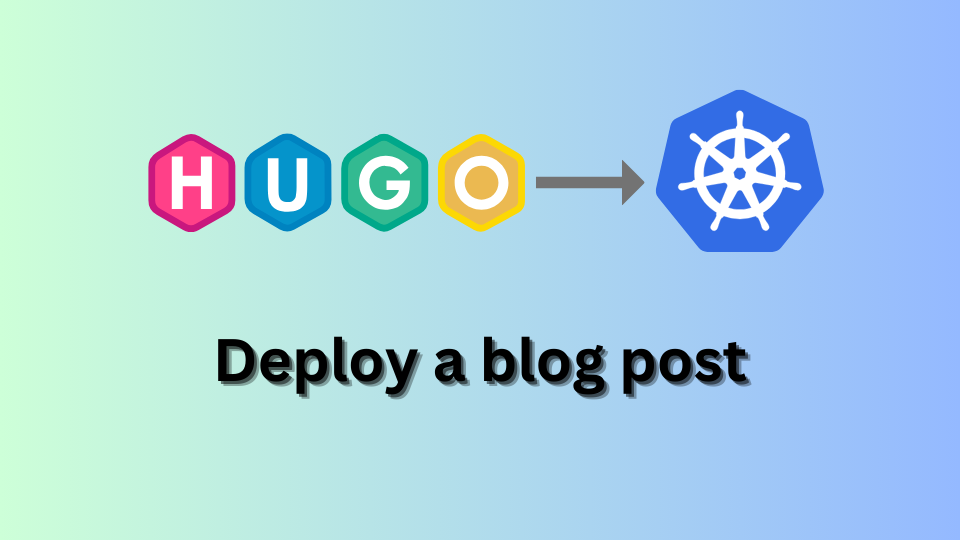
To learn how to deploy a blogging website using Hugo on Kubernetes Hugo is one of the most popular open-source Static Site Generator (SSG) frameworks written in Go. It allows developers to build fast HTML websites by combining content and templates. Visit the official documentation of Hugo to know more about it.In this blog, we will see how […]
Downward API
To learn how to expose pod information to its own containers. In a Kubernetes cluster, generally, an application running inside a container in a pod doesn’t have any information about the pod or about the cluster as we make the application to be portable. But the information about the pod can be exposed to the application container and it’s […]

